How To Prune A Ginkgo – Tips For Trimming Ginkgo Trees
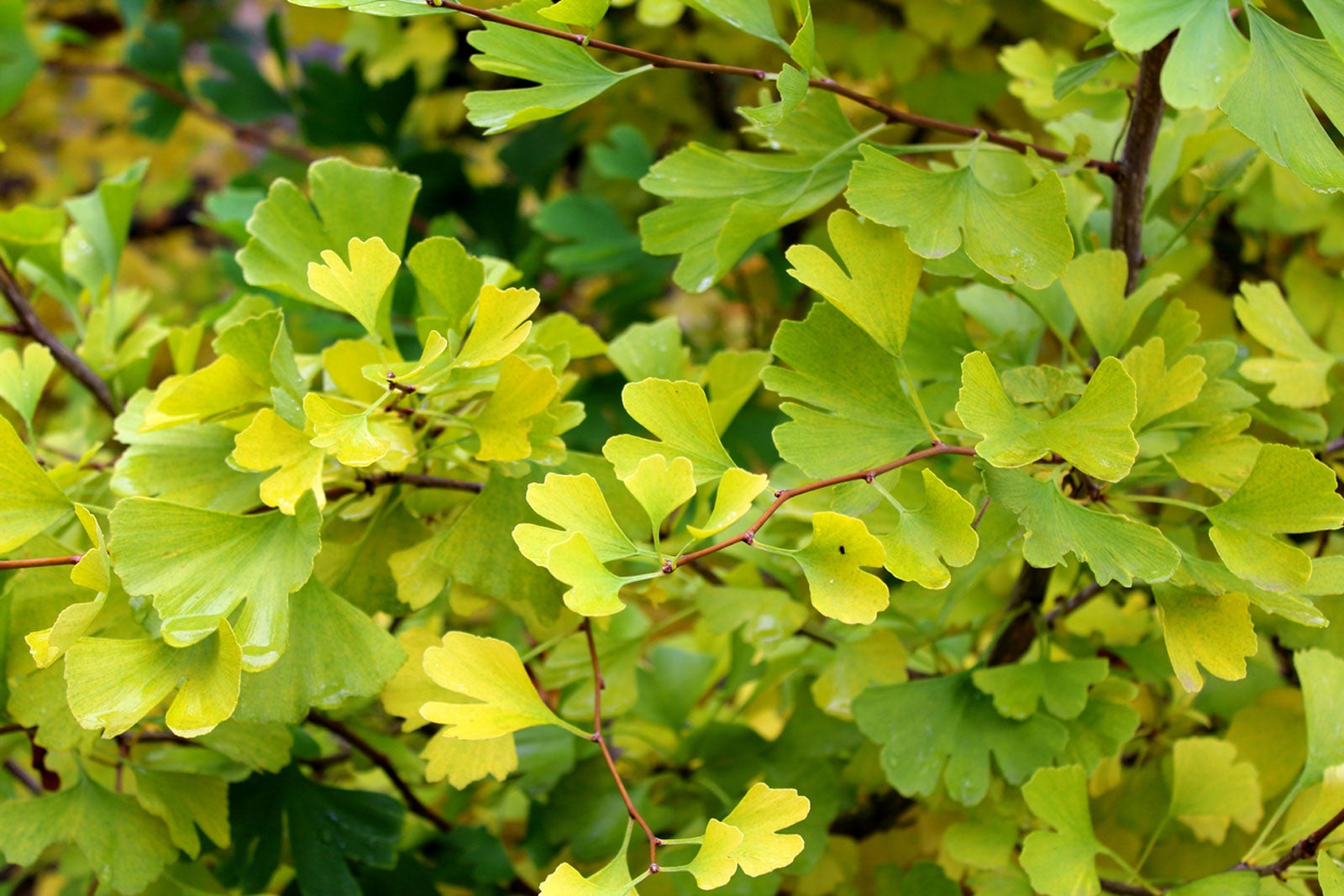

The ginkgo tree is one of the oldest plant species on the planet and is a desirable landscape tree for many reasons: it has a unique leaf shape, tolerates drought and urban locations, and is relatively low maintenance.
What about pruning though? When do you cut back ginkgo and do you need to at all? These ancient, living-fossil trees can benefit from some pruning when young, but once mature don’t need much trimming at all.
When Do You Cut Back Ginkgo?
The best time of year for ginkgo tree pruning is in the late fall, in the winter, or in early spring. The tree should be dormant when you trim it. This will give it a chance to heal from the cuts before it needs to put energy into growing and producing flowers and leaves.
The trees are naturally tall with rounded canopies so trimming ginkgo trees is generally unnecessary. The bulk of the pruning you will do for a ginkgo is while the tree is still young and establishing its shape. Once the tree is mature, the only trimming you need to do is to remove dead branches or weak or broken limbs.
How to Prune a Ginkgo
Young ginkgo trees benefit from an annual pruning during the dormant season. This will help it develop a nice shape and a solid, strong limb structure.
Before trimming ginkgo trees, be sure you understand the growth habit of the varieties. Each variety of gingko has its own natural contour. For instance, columnar trees grow up in a narrow, column-like shape. Other varieties grow out more and have a pyramidal or umbrella shape. This will help guide some of your cuts.
Ginkgo should have a single vertical leader, so trim out any branches that seem to be competing with the main trunk. You may also see suckers – small, upright stems, growing from the ground. You can trim these away.
Gardening tips, videos, info and more delivered right to your inbox!
Sign up for the Gardening Know How newsletter today and receive a free copy of our e-book "How to Grow Delicious Tomatoes".
To shape your tree additionally, trim branches where they meet the trunk. Remove branches that hang down too low and impede pedestrians or traffic. This will help you create a nice shade canopy for non-columnar varieties. Cut out any branches that look dead or weak. Also, remove a few strategic smaller branches to increase airflow throughout the canopy.
Once your ginkgo is taller than about 6 feet (2 m.), you can slow down regular pruning. It should maintain its shape at this point and will only need broken or dead branches removed going forward. When you prune, remove dead wood and dying branches with clean, sterilized cutting tools. Trim out any diseased branches as well. Never top a ginkgo or any other tree.

Mary Ellen Ellis has been gardening for over 20 years. With degrees in Chemistry and Biology, Mary Ellen's specialties are flowers, native plants, and herbs.
-
 Try The Trend – Turn Any Bed Into A Keyhole Garden With This Clever In-Ground Composter
Try The Trend – Turn Any Bed Into A Keyhole Garden With This Clever In-Ground ComposterKeyhole gardening is an efficient and sustainable practice that saves space. Get started on this DIY project quickly and easily with an in-ground composter.
By Bonnie L. Grant
-
 4 Superfast Composting Methods: Turn Waste Into Garden Gold In 30 Days Or Less
4 Superfast Composting Methods: Turn Waste Into Garden Gold In 30 Days Or LessTry the fastest composting methods to turbocharge your pile and transform kitchen scraps and garden waste into finished compost in just a few weeks.
By Mary Ellen Ellis
-
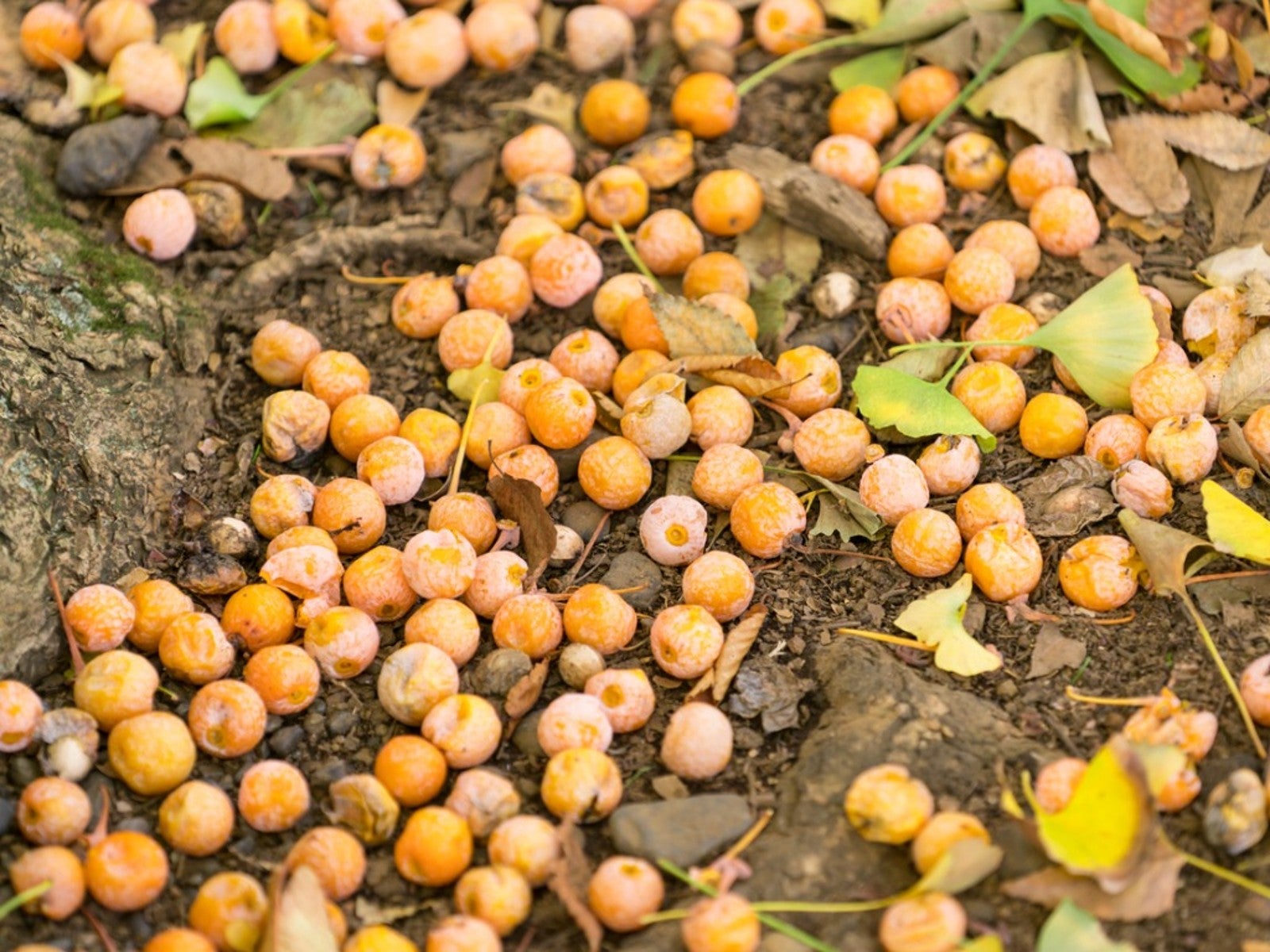 How To Get Rid Of Smelly Ginkgo Biloba Fruit
How To Get Rid Of Smelly Ginkgo Biloba FruitIt is possible to avoid the ginkgo smell with a little planning. Eliminating the odor, however, is a different story! Click here for more.
By Teo Spengler
-
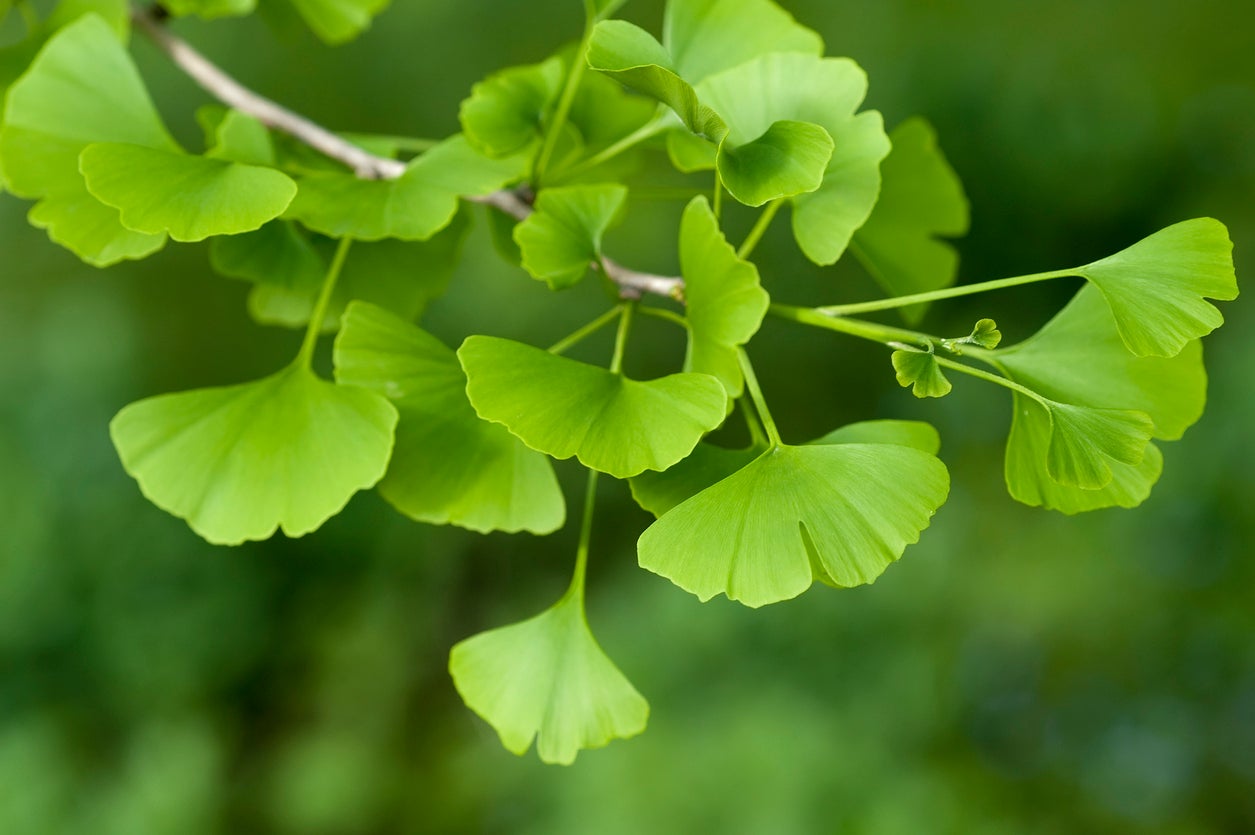 Feeding Ginkgo Trees: Learn About Ginkgo Fertilizer Needs
Feeding Ginkgo Trees: Learn About Ginkgo Fertilizer NeedsAs you might imagine, fertilizing ginkgo trees is rarely necessary and the tree is adept at managing on its own. However, you may want to feed the tree lightly if growth is slow or if leaves are pale or smaller than usual. This article will help get you started.
By Mary H. Dyer
-
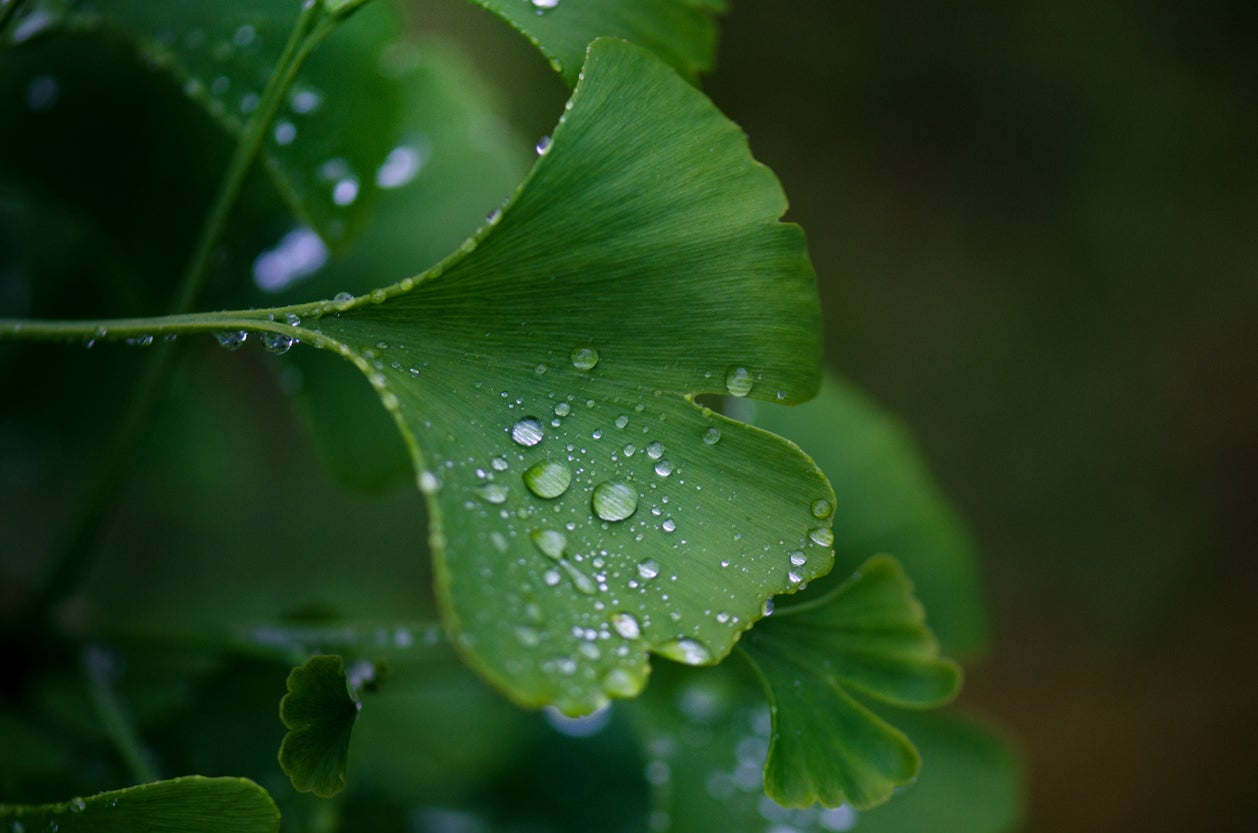 Ginkgo Water Requirements: How To Water Ginkgo Trees
Ginkgo Water Requirements: How To Water Ginkgo TreesA ginkgo tree is a lovely ornamental or shade tree in yards. Once ginkgo trees are established, they require little maintenance and care. But considering ginkgo water requirements will help you ensure the trees in your garden are healthy and thriving. Learn more here.
By Mary Ellen Ellis
-
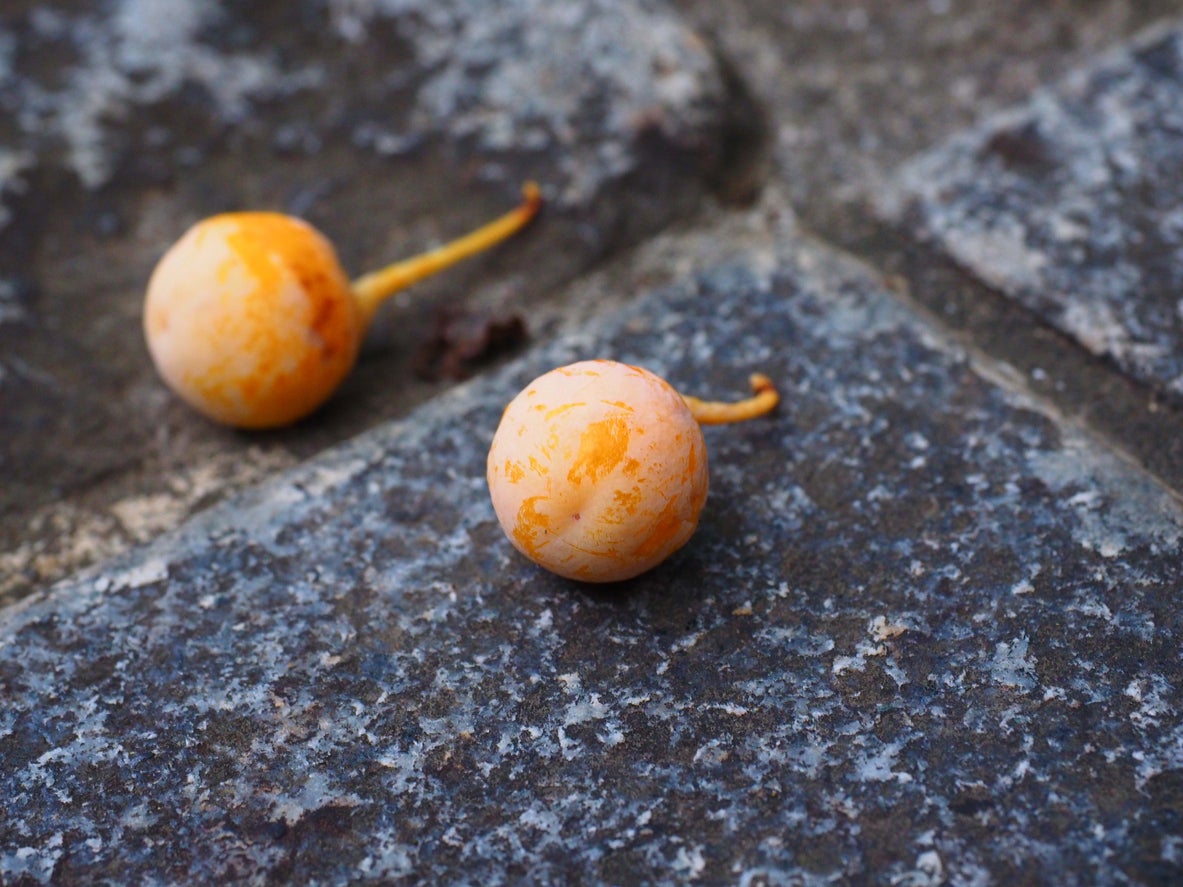 Ginkgo Seed Propagation Guide – How To Plant Ginkgo Seeds
Ginkgo Seed Propagation Guide – How To Plant Ginkgo SeedsOne of our oldest plant species, Ginkgo biloba can be propagated from cuttings, grafting or seed. The first two methods result in plants much quicker, but growing ginkgo trees from seed is an experience not to be missed. Click here for tips on planting ginkgo seeds.
By Bonnie L. Grant
-
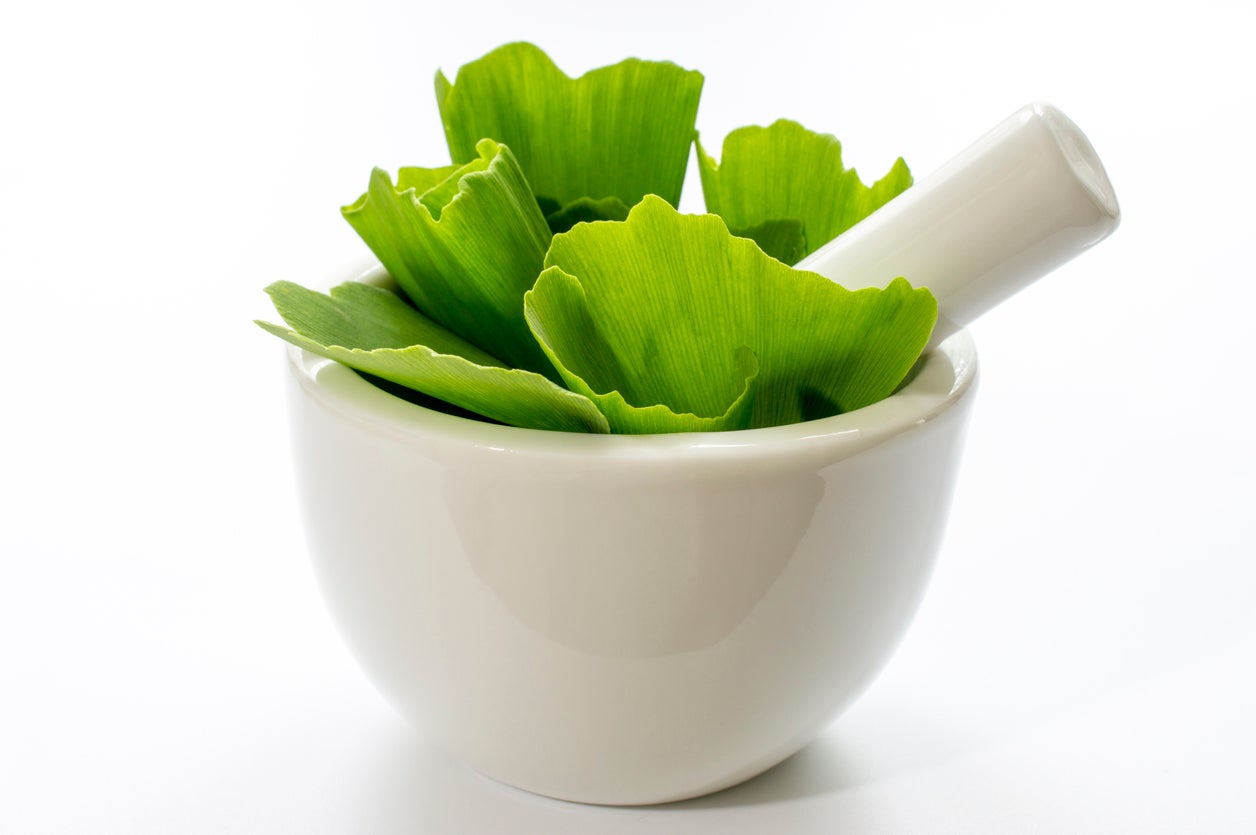 Is Ginkgo Good For You – Learn About Ginkgo Health Benefits
Is Ginkgo Good For You – Learn About Ginkgo Health BenefitsMedicinal ginkgo has been in use for at least 5,000 years and probably even longer. Modern ginkgo health benefits target memory and prevent certain signs of brain aging, but there are more historical uses for the plant. Learn what they are in this article.
By Bonnie L. Grant
-
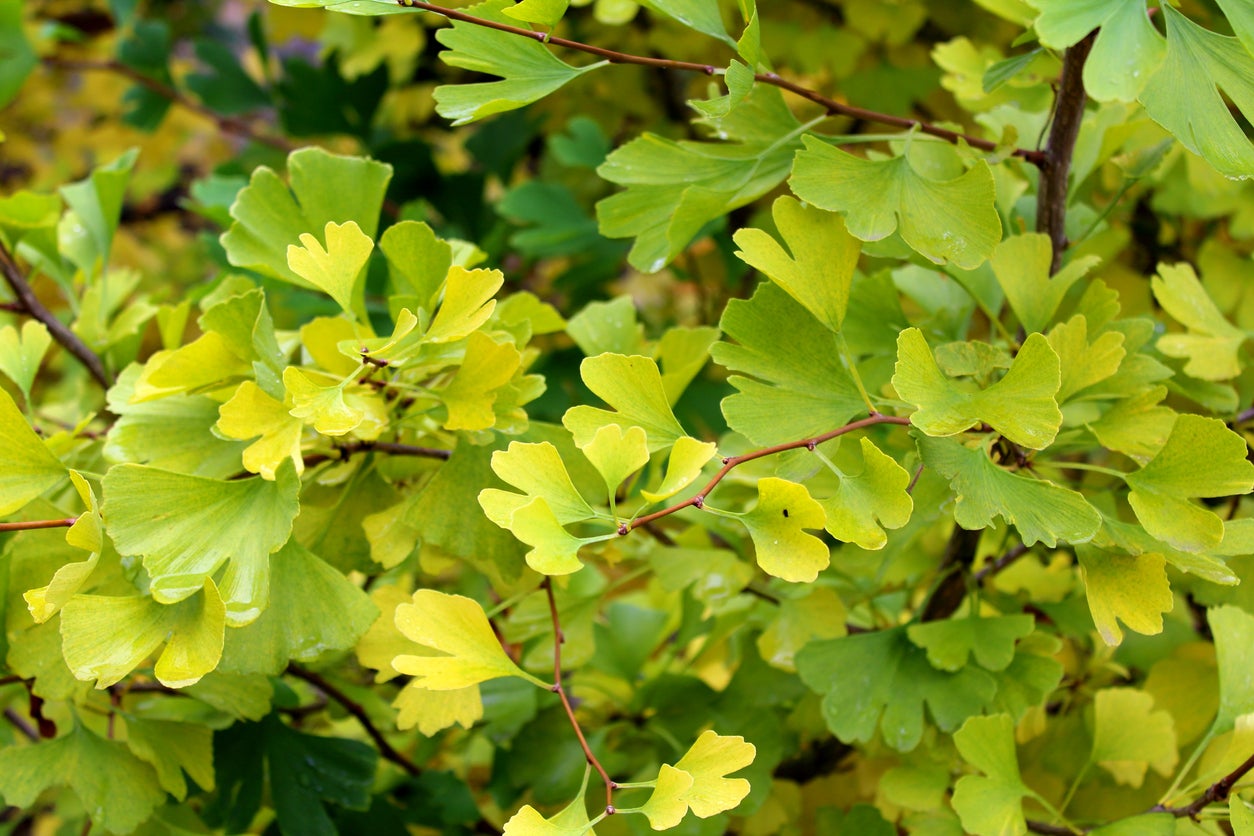 Managing Sick Ginkgo Trees: How To Control Diseases Of Ginkgo Trees
Managing Sick Ginkgo Trees: How To Control Diseases Of Ginkgo TreesGiven how long the ginkgo trees have survived on the planet, it won’t surprise you to learn that they are generally strong and healthy. Still, ginkgo tree diseases do exist. Click here for information about the diseases of ginkgo with tips for managing sick ginkgo trees.
By Teo Spengler
-
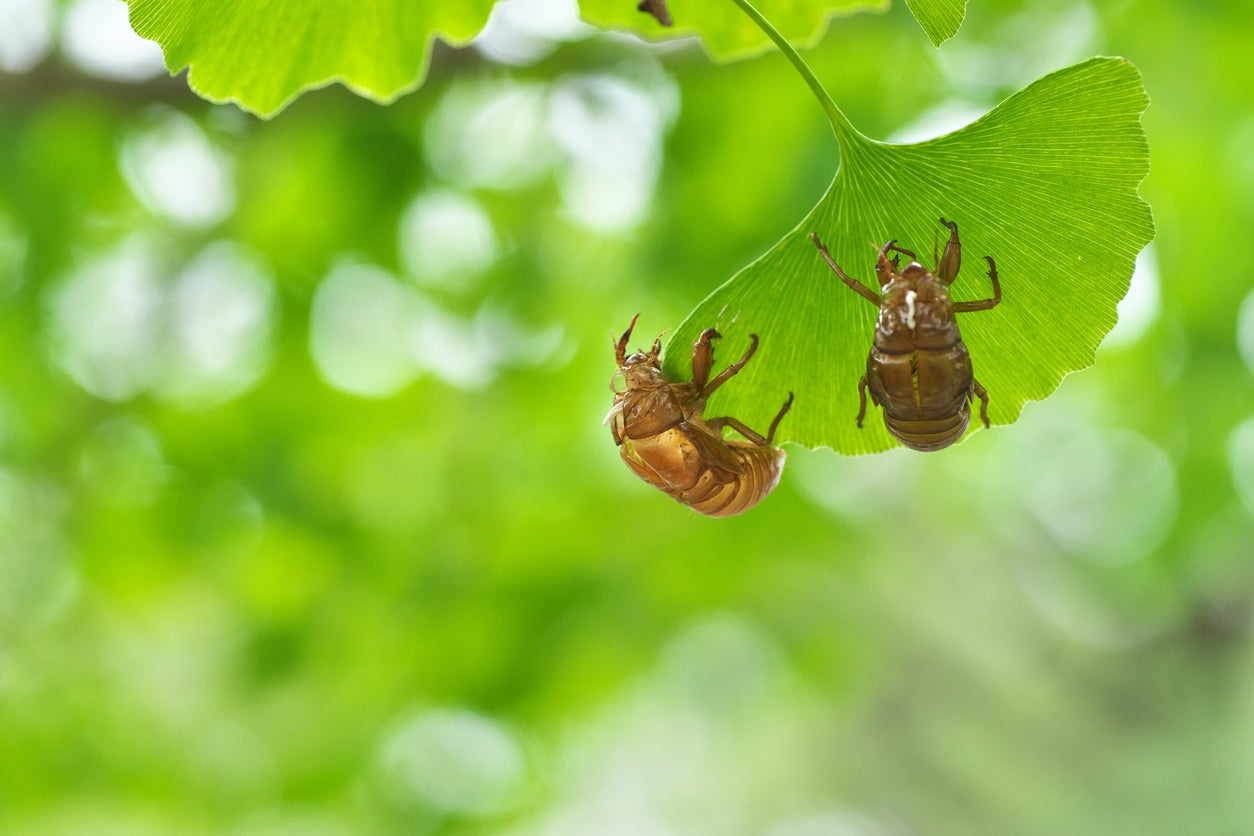 Ginkgo Insect Problems: Are Pests On Ginkgo Trees Serious
Ginkgo Insect Problems: Are Pests On Ginkgo Trees SeriousEven though there are very few bugs that prey on ginkgo trees, that doesn’t mean the species doesn’t have its share of ginkgo insect problems. So what kinds of ginkgo pests might be found on the tree? Click on the following article to learn more.
By Amy Grant
-
 Common Ginkgo Cultivars: How Many Kinds Of Ginkgo Are There
Common Ginkgo Cultivars: How Many Kinds Of Ginkgo Are ThereGinkgo trees are unique in that they are living fossils, largely unchanged for nearly 200 million years. In the landscape, different kinds of ginkgo can be big shade trees and attractive ornamental additions to gardens. Learn about different varieties in this article.
By Mary Ellen Ellis